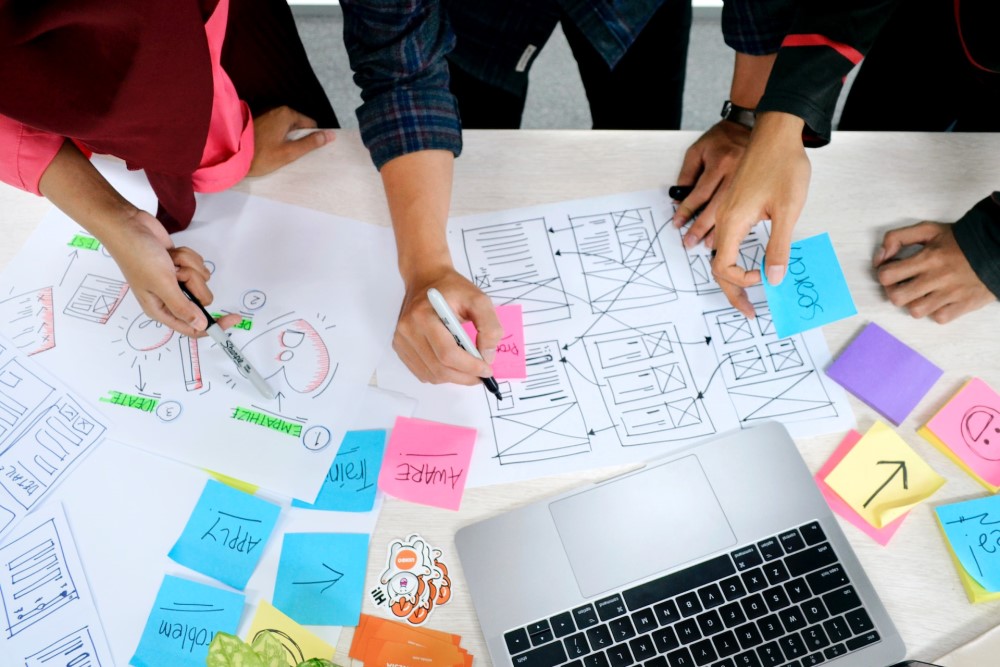Gaming has been a favorite activity for many over the years, and it’s now making its way into the corporate world. Several businesses now understand that gaming may be a powerful method for boosting morale and productivity in the workplace, giving rise to business and workplace gamification.
Recent facts from Zippia revealed that a gamified work experience can boost employee engagement up to 48%. In fact, 72% of employees reported that gamification helps them work harder on the job and get more done.
A business is likely to be more productive and profitable if the employees are motivated to work. Gallup did a study that found that companies with high levels of employee engagement make 23% more money than those with low levels of employee motivation and engagement.
So, if you are still wondering how profitable gamification could be, and whether it should be employed in the workplace, this article is for you. We will discuss the value of gaming in the workplace, specifically as a tool for increasing employee engagement and productivity.
Gaming as an Employee Motivational Tool
The success of a company is also dependent on the level of employee motivation. Motivated workers are more likely to work harder, be more innovative, and take responsibility for their job.
You’ve probably experienced it yourself. Adding a gaming twist to your busy workday could be a great way to ease out, and increase productivity. Recent Zippia’s statistics revealed that 90% of employees believes that using games at work makes them more productive. The research also showed that organizations employing some form of gamifying elements in their daily work routines are seven times more profitable than those that do not. Workplace gamification could be that steppingstone you need for greater profitability.
Organizations can use gaming to induce a feeling of progress by breaking down complex tasks into smaller, achievable goals.
For example, companies can make a game in which employees have to do a set of small tasks that builds up to a greater goal in order to earn points or other rewards. These incentives may take the form of cash bonuses, free time, or even a day off. Employees may receive points or rewards for carrying out these tasks, which they can then exchange for prizes. This kind of game can give employees a sense of progress and success, which can be a powerful way to get them to work harder.
Effective Ways to Gamify the Workplace
The US military, which is the largest employer in history uses gamification strategies to show how important it is. They’ve got a lot of workplace simulation exercises in place to make military trainings more engaging. The US army even went as far as integrating some military training games on their recruitment platforms to increase users’ interest in joining the army.
Similarly, offices can adopt special games to gamify the workplace, enhance employee engagement, and even boost customer satisfaction. Here are some ways to achieve that.
1. Team-Based Challenges
Create team-based challenges that encourage collaboration, communication, and problem-solving. For instance, you can organize a “Escape Room” style challenge where teams work together to solve puzzles and riddles to unlock clues and escape within a time limit. This game promotes teamwork, critical thinking, and fosters a sense of camaraderie among employees.
2. Points and Rewards System
Implement a points and rewards system to incentivize and recognize employees’ achievements. Assign points for completing tasks, meeting goals, or demonstrating exceptional performance. Employees can accumulate points and redeem them for rewards such as gift cards, extra vacation days, or special privileges.
For instance, organizations might employ office bingo card games that demand staff to perform tasks or meet objectives. This could mean finishing a certain number of projects, making a certain amount of sales, or going to a certain number of training sessions. The first worker to fill up their card can win a prize or get special recognition. This game-like system provides a sense of accomplishment and motivates employees to strive for excellence.
3. Innovation and Idea Generation
Foster a culture of innovation by organizing game-like events focused on idea generation.
For example, you can host “Shark Tank” style pitch competitions where employees present their innovative ideas to a panel of judges. Encourage creativity, provide feedback, and recognize outstanding ideas. This approach encourages employees to think outside the box, fosters innovation, and strengthens employee engagement.
4. Wellness Challenges
Promote employee wellness by introducing gamified wellness challenges. Set up step-count competitions, fitness challenges, or health-related goals. Employees can earn points or rewards for participating and achieving milestones. Implement leaderboards to foster friendly competition and encourage a healthy lifestyle among employees.
Why Businesses Should Employ Gamification
Gaming can help organizations in more ways than just getting their employees more involved and motivated. It enhances employee communication and teamwork and can place workers in a situation where they must cooperate to succeed, depending on the game adopted.
Game-based learning has the potential to reduce organizational barriers to communication and cooperation. It can provide organizations with real-time feedback and data on how well employees are doing their jobs.
For example, incorporate gamification into training and development programs to track employee performance and figure out where they might need more training or help. Use interactive quizzes, leaderboards, or badges to track employees’ progress and encourage continuous learning. Offer rewards or recognition for completing training modules or acquiring new skills. Gamifying learning activities makes them more engaging, and encourages knowledge retention.
This will help the organization as a whole do better and make sure that each employee is working up to their full potential.
In conclusion, games can be a very effective way to get employees more involved and motivated at work. It can also give companies real-time feedback and data about how employees are doing.
However, note that not all employees may respond positively to gaming. In all, let’s do well to tailor our gaming strategies to the needs and preferences of individual employees. And, also, let’s not make the mistake of trying to use gaming to fix fundamental problems like ineffective management or a lack of resources.




